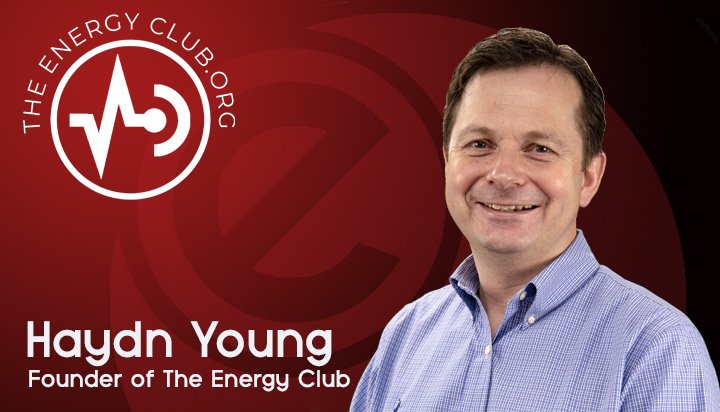Wednesday 8 May 2019
Guest Blog: Haydn Young – Communications lessons from the London Marathon

Last week I had the pleasure of joining 42,000 runners pounding the streets of London for the Marathon. Having been an active runner all my life, running marathons all over the world, the experience and noise of London is completely unique. Nowhere else in the world is the crowd so powerful in driving and motivating the runners to the finish line.
Rather fittingly, this week’s blog is all about communication and how you can sell your message to those that you need to engage. Getting others to support me in the Marathon was easy, all I did was put my name of the t-shirt and listen to the shouts of support. But for internal engagement in a business around energy efficiency, you’ll need to find the ‘WIIFM’ factor - or 'What's in it for me?'
Awareness vs Actions
When you’re trying to engage staff to save energy, it can sometimes feel like an uphill struggle. The first step is to recognise that there’s a difference between making people aware of energy usage and getting them to change how they use energy. Unfortunately, many people confuse these two things.
Energy awareness campaigns focus on communicating educational messages to people about the results of their actions. The messages tend to be of the “Turn off the lights” or “Turn off your computer” variety. They can be effective where people aren’t aware of what energy is used by which items, but they’re not informative about sustainability and they are not empowering. This type of message has been so pervasive that there can’t be anyone out there who doesn’t know that filling the kettle for one cup of tea is wasteful. The knowledge is there; the challenge is to get people to act on that knowledge.
Behavioural change
Behavioural change is all about staff empowerment; encouraging people to be engaged in energy saving as a common goal. Behavioural change is about taking what is new now and making it normal - and taking what is unique now and making it standard practice. Crucially behaviour change has to communicate the benefit of making the change, so people can see 'What’s in it for me?'
We all have everyday routines that we perform habitually, that were originally sold to us as being beneficial in some way - from cleaning our teeth to avoiding tooth and gum disease to locking our doors and windows to prevent burglaries. We didn’t need posters in our bathrooms or by our front doors to get us to perform these actions. We understood the benefits and just did them.
Make the benefits clear
For me in the London Marathon the benefit was obvious, make it to the end and raise money for charity. But to win at staff engagement, you need to sell the benefits of performing the actions you seek. The trick is to find what matters to different members of staff and link the benefits to that.
Haydn Young is an independent energy management expert and founder of www.theenergyclub.org. If you are an energy end user you can register to attend a club for free.




